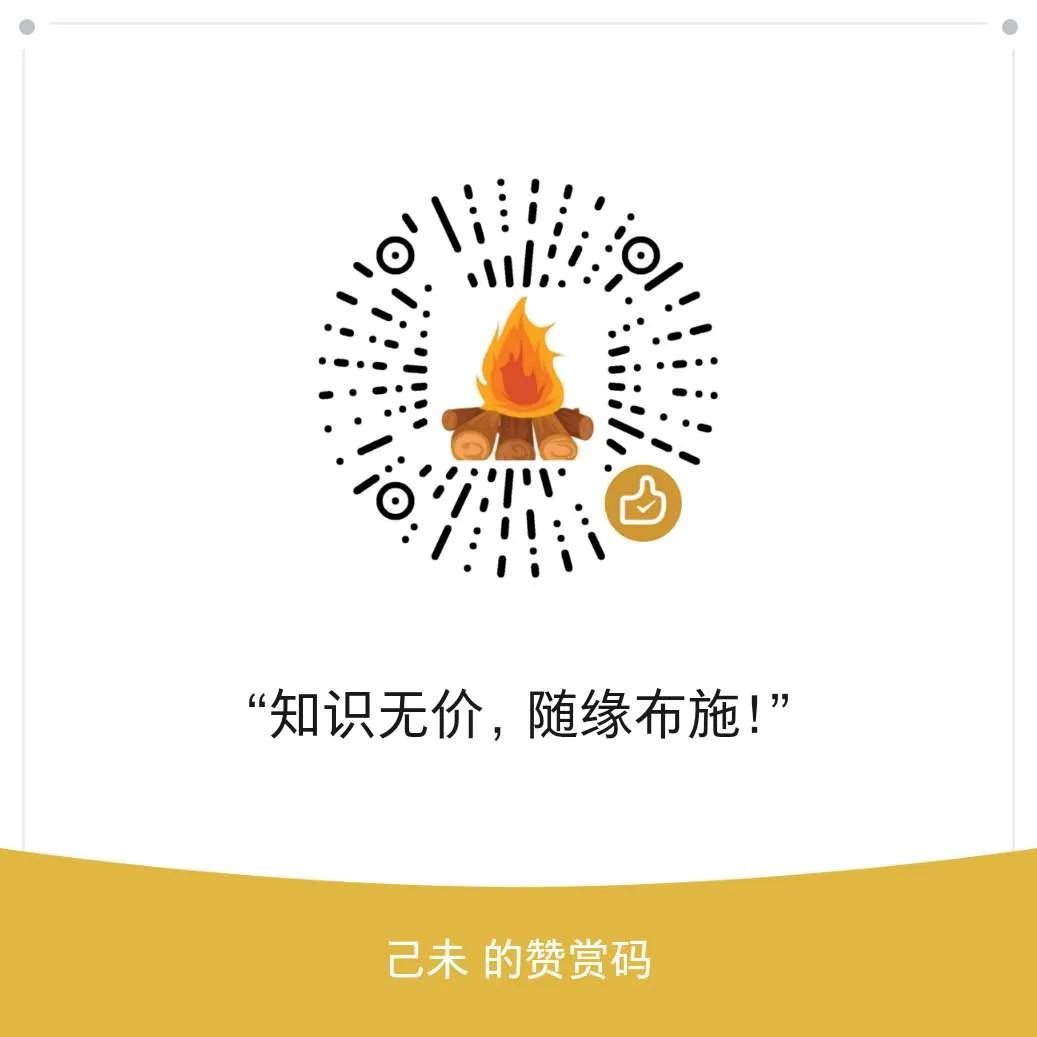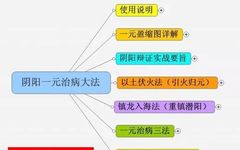
1 Supplement Fire and Assist Yang
The kidney is the foundation of congenital essence, housing the “pre-natal essence,” which is the basis of the yin and yang of the organs and the source of life. Kidney yang, also known as the fire of the Mingmen (Gate of Life), nourishes the five organs and six bowels. If the fire of the Mingmen is weak, it cannot warm the body, leading to symptoms such as fatigue, cold limbs, lower back and knee pain, and clear, prolonged urination. Cinnamon (Rou Gui) is thick and purely yang, primarily entering the kidney meridian. Its spicy flavor can disperse, while its sweet flavor can supplement; it is hot in nature and assists yang. The “Yao Xing Fu” states: “Its thick qi generates heat; cinnamon descends and supplements the kidney.” The “Tang Ye Ben Cao” also mentions: “It supplements the deficiency of the Mingmen and benefits fire to dispel yin.” It is adept at supplementing the fire of the Mingmen to assist yang in dispelling yin, and its effects are gentle and lasting, making it a key herb for treating deficiency of Mingmen fire. Clinically, it is often used in conjunction with Aconite (Fu Zi) to enhance the warming and supplementing effects on kidney yang, treating kidney yang deficiency and deficiency of Mingmen fire. For example, Zhang Jiebin’s Right Return Pill (You Gui Wan) and Right Return Decoction (You Gui Yin) utilize these two herbs to cultivate and supplement the original yang of the kidney, combined with large doses of kidney yin tonics, seeking yang within yin, thus allowing yang to be supported by yin for boundless transformation. Clinical reports have shown that using 5g of cinnamon powder in a single dose for three weeks as a treatment for 102 cases of kidney yang deficiency-type lower back pain resulted in 47 cures, 39 significant improvements, 14 effective cases, and 2 ineffective cases. This demonstrates that cinnamon’s ability to supplement fire and assist yang has been utilized by physicians throughout history. Furthermore, the Black Tin Pill (Hei Xi Dan) and Suzi Jiangqi Decoction (Su Zi Jiang Qi Tang) from the “He Ji Ju Fang” both use cinnamon to warm and supplement the lower source, aiding in qi and alleviating cough due to excess above and deficiency below. Additionally, I believe that this herb, when used in conjunction with various qi-reducing and phlegm-transforming herbs, can enhance the drying and phlegm-transforming effects of those herbs due to its warm nature, as Zhang Zhongjing stated: “For phlegm and fluid diseases, one should harmonize with warm herbs.”
2 Guide Fire Back to the Source
Cinnamon is sweet, warm, thick, and heavy, capable of both ascending and descending. It can supplement the true fire of the lower jiao and guide the floating, excess false fire back to the kidney. As stated in the “Ben Cao Cong Xin”: “It guides rootless fire down and returns it to the source.” Therefore, it is often used to treat deficiency of original yang and excess floating yang, leading to symptoms such as Dai Yang and Ge Yang, as well as the disharmony between the heart and kidney. The Return Yang Rescue Emergency Decoction (Hui Yang Jiu Ji Tang) is indicated for internal excess of yin-cold and a slight desire for yang to escape. In this formula, cinnamon is paired with Aconite and dried ginger, enhancing the warming and returning fire to the source effects. For symptoms of excessive heart fire and disharmony between the heart and kidney, the Jiao Tai Pill (Jiao Tai Wan) can be used, where cinnamon is combined with Huang Lian to balance cold and heat, harmonizing water and fire. Huang Lian enters the heart meridian to clear heart fire, while cinnamon enters the kidney meridian to guide fire back to the source, together achieving the function of harmonizing the heart and kidney. Modern research has shown that different ratios of effective components (Huang Lian extract and cinnamon extract) in Jiao Tai Wan significantly inhibit spontaneous activity in mice and enhance the hypnotic effect of pentobarbital sodium, with the optimal ratio of the effective components of Huang Lian and cinnamon for sedation and hypnosis being 4:1. This indicates that on the basis of Huang Lian clearing heart fire, adding a small amount of cinnamon can quickly harmonize the heart and kidney.
3 Open Yang and Transform Qi
The “Jing Yue Quan Shu: Long Bi” states: “If qi cannot transform, how can one force it to flow? Without yang in yin, can one use bitter cold agents without consequence?” Cinnamon is purely yang and warm, adept at entering the kidney meridian, with the ability to open yang, transform qi, and benefit the passageways. The “De Pei Ben Cao” states: “It opens the yin blockages above and below, raises yang qi to harmonize the middle jiao, and opens the passageways to expel turbid yin.” For urinary obstruction due to damp-heat accumulation in the bladder and poor qi transformation, the Zhi Shen Tong Guan Wan (Zhi Shen Tong Guan Wan) can be used, where cinnamon is paired with Huang Bai and Zhi Mu, which are herbs that clear and benefit damp-heat, utilizing cinnamon’s ability to open yang and transform qi to assist bladder qi transformation and facilitate urination, allowing heat to be expelled through urination, thus treating symptoms of heat in the lower jiao and urinary obstruction. Additionally, the Gui Ling Gan Lu Powder (Gui Ling Gan Lu San) from the “Huang Di Su Wen: Xuan Ming Lun Fang” also utilizes cinnamon to assist in the qi transformation of the lower jiao, allowing summer heat and dampness to be expelled through urination, indicated for symptoms such as fever, headache, and urinary obstruction due to summer heat and dampness. Modern pharmacological studies have confirmed that Aconite and cinnamon can dilate blood vessels, improve blood circulation, and effectively expand the afferent and efferent arterioles of the renal glomeruli; the Shen Qi Wan (Shen Qi Wan) containing Aconite and cinnamon can regulate the immune system, promote kidney function recovery, and increase urine output while promoting sodium and chloride excretion.

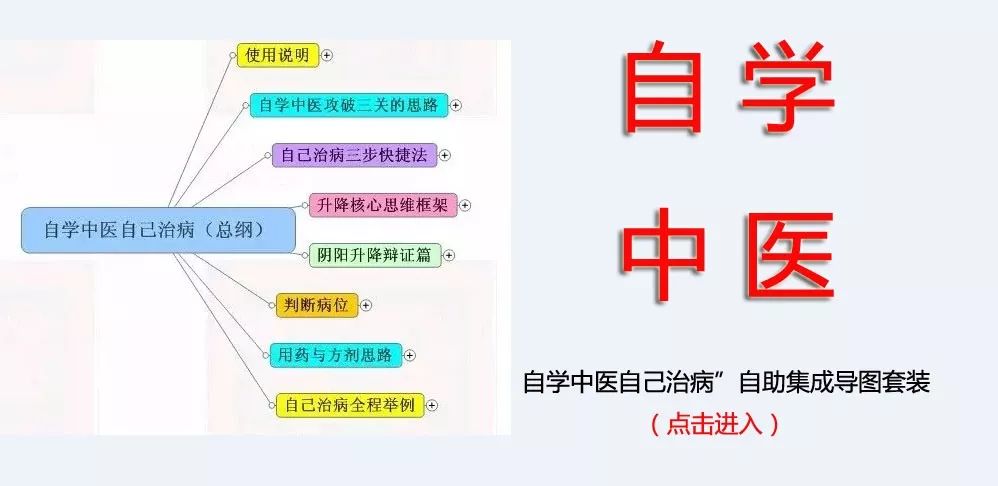
4 Warm the Middle and Stop Diarrhea
The “Nei Jing” states: “When the middle qi is insufficient, urination and defecation will change.” Cinnamon is spicy, sweet, and very hot, primarily entering the kidney and spleen meridians. Therefore, it can be used to treat abdominal pain due to cold in the middle jiao, water retention, and undigested food. The “Yao Lun” states: “It warms the stomach and alleviates the cold and diarrhea.” The Zhen Ren Yang Zang Decoction (Zhen Ren Yang Zang Tang) is indicated for chronic diarrhea and dysentery due to spleen and kidney deficiency and cold. In this formula, cinnamon warms the kidney and spleen, while Ren Shen (Ginseng) and Bai Zhu (White Atractylodes) strengthen the spleen and benefit qi, working together to warm the middle and strengthen the spleen to treat the root cause. Additionally, I believe that this herb also enters the kidney meridian and is good at supplementing the fire of the Mingmen, thus in this formula, it also has the effect of benefiting fire and supplementing earth. Furthermore, the Da Ji Han Wan (Da Ji Han Wan) from the “Ju Fang” also utilizes its ability to warm the middle and stop diarrhea.
5 Warm the Meridians and Disperse Cold
The meridians are the pathways for the circulation of qi and blood in the body. If they are invaded by cold pathogens, “cold nature causes stagnation” and “if it does not flow, it will cause pain,” leading to abdominal pain, amenorrhea, and dysmenorrhea. Cinnamon is spicy, dispersing, and warming, primarily affecting the blood aspect, warming the blood, and dispersing cold. The “De Pei Ben Cao” states: “It enters the blood herbs and warms and moves.” Therefore, it can be used to treat abdominal pain, amenorrhea, and dysmenorrhea caused by cold stagnation in the meridians. As Zhang Jiebin stated in the “Jing Yue Quan Shu”: “If blood is cold and stagnant and does not transform, or if fire does not return to the source, it should be warmed with cinnamon, Aconite, dried ginger, and ginger juice.” The Shao Fu Zhu Yu Decoction (Shao Fu Zhu Yu Tang) from the “Yi Lin Gai Cuo” uses cinnamon with fennel, dried ginger, and Puhuang to warm the meridians and disperse cold, enhancing the effects of activating blood and dispelling stasis to treat cold stagnation and blood stasis. Additionally, the Warm Liver Decoction (Wen Gan Jian) from the “Jing Yue Quan Shu” also utilizes the spicy, sweet, and very hot nature of cinnamon, paired with fennel and goji berries to warm the kidney and liver, dispel cold, and alleviate pain, indicated for treating hernia pain due to liver and kidney deficiency and cold stagnation in the liver meridian. Furthermore, cinnamon can also be applied externally, such as in the Ding Gui San (Ding Gui San), which uses cinnamon and clove ground into powder for external application to warm the meridians and disperse cold, guiding the medicinal properties deeply, indicated for treating cold-induced headaches and cold back pain. Additionally, the commonly used Wuwu Wen Jie Ning Gao (Wuwu Wen Jie Ning Gao) is also composed of cinnamon with pepper, dried ginger, and clove, working together to warm the meridians and disperse cold, treating tuberculous lumps and scrofula. Pharmacological studies have shown that both cinnamon ether extracts, water extracts, and cinnamaldehyde have analgesic effects.
6 Unblock the Blood Vessels
The “Ling Shu: Ben Zang” states: “The meridians can circulate qi and blood and nourish yin and yang…” The vessels are the abode of blood, flowing within the meridians, nourishing the organs, and reaching the skin to nourish the body. If blood is outside the vessels and lacks binding, it will accumulate and form stasis. Cinnamon is spicy and dispersing, capable of unblocking the blood vessels and dispersing blood that has separated from the meridians. The “Yao Xing Lun” states: “It primarily breaks blood and unblocks menstrual obstruction.” The “Ben Cao Qiu Zhen” also states it can treat “blood vessel obstruction and retained placenta.” The “Jing Xiao Chan Bao” utilizes cinnamon’s ability to unblock blood vessels, combined with turmeric and taken with wine, to treat postpartum pain and retained blood clots. The “Qian Jin Yao Fang” also utilizes it in combination with Angelica and Puhuang to treat trauma and abdominal stasis. Additionally, cinnamon is spicy and dispersing, capable of entering the uterus and breaking blood to induce miscarriage. The “Ben Cao Hui” states: “It can guide fire back to the source to unblock qi, reaching the uterus to break blood and induce miscarriage.” The “Ben Cao Xin Bian” also states: “Cinnamon can induce miscarriage, used alone as the monarch, and combined with blood-moving and miscarriage-inducing herbs for rapid miscarriage.” Therefore, pregnant women should avoid this herb. Liu Hejian’s famous prescription for dysentery, Shao Yao Tang, emphasizes the principle of treating dysentery: “Moving blood will cause pus to heal, regulating qi will eliminate heaviness afterward.” The formula uses cinnamon combined with Angelica, Peony, Mu Xiang, and Bing Lang to regulate qi and nourish, moving qi and activating blood to treat dysentery with pus and blood, along with urgency and heaviness.
7 Unblock Bi and Alleviate Pain
The “Nei Jing” states: “Wind, cold, and dampness combine to form Bi.” The “Yi Zong Jin Jian” also states: “Bi disease causes pain throughout the body and limbs.” It is evident that Bi is often caused by obstruction of qi and blood. Cinnamon is spicy and hot, capable of unblocking blood vessels and warming yang to dispel cold and alleviate Bi pain. As stated in the “Ri Hua Zi”: “It opens the nine orifices, benefits the joints, warms the waist and knees, and treats wind Bi, bone and joint contraction, and promotes muscle growth.” The Du Huo Ji Sheng Decoction (Du Huo Ji Sheng Tang) is a commonly used formula for treating chronic Bi, where cinnamon warms the meridians, disperses cold, unblocks Bi, and alleviates pain, combined with Angelica, Chuanxiong, and Niu Xi to activate blood. This embodies the principle of “treating wind by first treating blood; when blood flows, wind will naturally dissipate.” It can also be paired with Sang Ji Sheng, Du Zhong, and Ren Shen to dispel cold and dampness, benefit the liver and kidney, supplement qi and blood, and alleviate Bi pain, indicated for treating Bi pain and chronic Bi with liver and kidney deficiency. Clinical reports have shown that Liao et al. used the Du Huo Ji Sheng Decoction to treat 30 cases of middle-aged and elderly patients with lower back and leg pain, with a treatment course of 15 doses, achieving significant effects in 22 cases, effective in 7 cases, and ineffective in 1 case, with a total effective rate of 96.66%.
8 Harmonize Yang and Unblock Stagnation
If one has a constitution of yang deficiency, insufficient nourishing blood, and cold phlegm stagnation, it can lead to yin sores. Cinnamon is spicy and very hot, capable of breaking yin and harmonizing yang, promoting the smooth flow of qi and blood, thus it can be used to treat yin sores and flow-accumulation caused by yang deficiency and cold stagnation. As stated in the “Ben Cao Gang Mu”: “It can internally treat abscesses and sores, guiding blood to transform sweat and pus.” The “De Pei Ben Cao” also states: “It is suitable for all diseases of deficiency and cold.” The Yang He Decoction (Yang He Tang) from the “Wai Ke Zheng Zhi Quan Ji” uses cinnamon combined with Ephedra, roasted ginger, and white mustard seed to dispel cold pathogens, unblock blood vessels, and harmonize yin and yang to treat yin sores. Additionally, the “Xiao Er Wei Sheng Zong Wei Lun Fang” uses cinnamon to treat impending abscesses that have not yet formed heads but are swollen and painful, while the “Zhou Hou Fang” also uses it with licorice and Aconite for external application to treat breast abscesses.
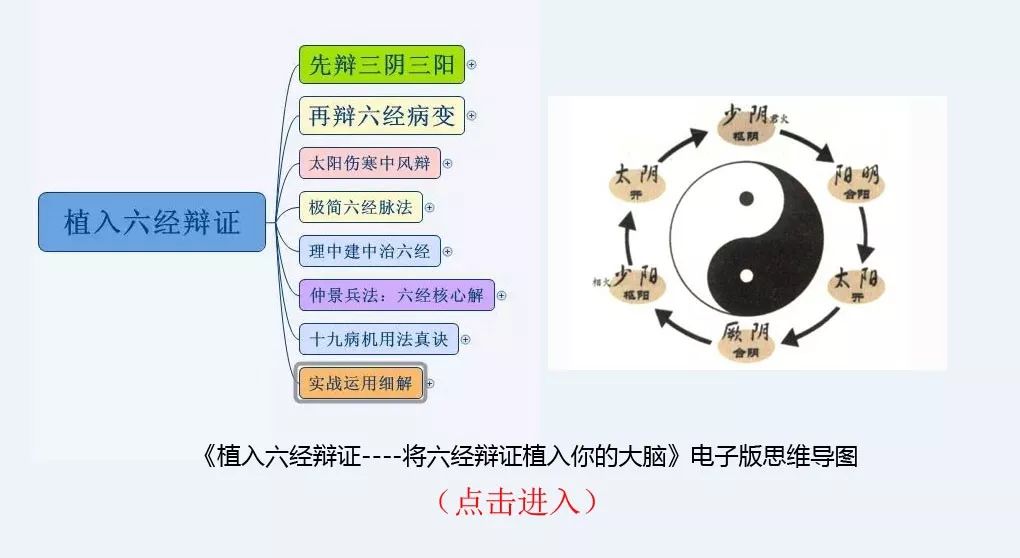
9 Warm and Nourish Qi and Blood
Cinnamon is sweet and very hot, its sweet warmth can supplement and, when combined with various tonifying herbs, can enhance the warming and supplementing effects. It is often paired with Ren Shen, Dang Gui, and Shu Di Huang to warm and nourish qi and blood, indicated for treating prolonged illness with deficiency of both qi and blood. As Zhang Bingcheng stated in the “Cheng Fang Bian Du”: “Cinnamon warms the blood vessels and harmonizes the blood, allowing other herbs to gain the power of warmth and nourishment, thus enhancing the supplementing nature and achieving greater effects.” Additionally, the Ren Shen Yang Rong Decoction (Ren Shen Yang Rong Tang) from the “San Yin Ji – Disease and Syndrome Formulas” combines cinnamon with Huang Qi, Dang Gui, and Ren Shen to benefit qi and nourish blood, aimed at treating deficiency of both heart and spleen qi and blood. Other similar combinations include the Bao Yuan Decoction (Bao Yuan Tang) from the “Bo Ai Xin Jian”.
10 Assist in Regulating Cold and Coolness
The “Su Wen: Tiao Jing Lun” states: “What a person possesses are blood and qi.” “Blood and qi prefer warmth and dislike cold; cold causes stagnation and prevents flow, while warmth allows for dispersal and removal.” Therefore, if cold and cool medicines are overused, it can easily lead to stagnation of qi and blood, resulting in other symptoms. Cinnamon is spicy and very hot, often used in large quantities with cold and cool herbs to assist in regulating these cold and cool herbs, preventing excessive cold nature from harming the righteous qi. The “Su Wen: Bing Ji Qi Yi Bao Ming Ji” treats damp-heat dysentery with Shao Yao Decoction, where a small amount of cinnamon is combined with Huang Lian, Huang Qin, and Da Huang, which are all cold herbs, utilizing its spicy and hot nature to prevent the bitter cold from harming yang and causing cold stagnation. This exemplifies its role in assisting in regulating cold and coolness. Additionally, the Mi Hong Dan from the “Zhong Zhong Can Xi Lu” combines cinnamon with Chuan Da Huang and Sheng Zhi Shi to assist in regulating its cold nature, indicated for treating liver depression and anger, and stomach depression leading to symptoms such as vomiting blood and nosebleeds.
Recommended Purchase of Related Books:
(Reprint Statement: This article is reprinted from the internet, and the copyright belongs to the original author. If there is any infringement, please contact us for deletion!)
Original Article Extended Reading:
Six Meridians and Six Major Disease Locations—Three Yin Cold Evil Disease Locations! (Understanding the Last Article on Cold Damage) —> Click to Read
Six Meridians and Six Major Disease Locations—Shaoyang Meridian Organ Disease Locations! (A Small Chai Hu Decoction Dominates) —> Click to Read
Six Meridians and Six Major Disease Locations—Yangming Meridian Organ Disease Locations! (Treating Damp-Heat is Crucial) —> Click to Read
Six Meridians and Six Major Disease Locations—Taiyang Meridian Organ Disease Locations! (This Article Understands the Taiyang Meridian) —> Click to Read
Six Meridians and Six Layers of Vital Energy Restoration! (Complete Explanation of Self-Healing Energy) —> Click to Read
Comprehensive Explanation of Cervical Spondylosis! (Classical Treatment + Secret External Treatment) —> Click to Read
Comprehensive Explanation of Toothache! (Cold Damage Thinking, Disease Mechanism Differentiation, Classical Formula Symbol) —> Click to ReadComprehensive Explanation of Insomnia! (Disease Mechanism Differentiation + Core Ideas of Anchoring Yang) —> Click to ReadComprehensive Explanation of Fever! (Disease Mechanism Differentiation of Cold Damage Thinking, Internal and External Treatment Methods) —> Click to Read
Comprehensive Explanation of Headache! (Learn the Key Points of Differentiation) —> Click to Read
For more exclusive TCM secrets, scan the QR code below to follow our public account:
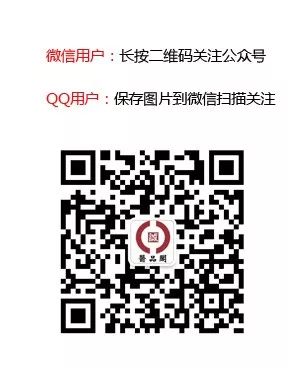
TCM Internal Treatment Course:
“Simplified Classical Formula Online Class” one-on-one, from differentiation to using classical formulas, fully imparted!!! (Click to Enter)
TCM External Treatment Course:
“Hands-On TCM” can treat diseases without any foundation!!! (One-on-one teaching) (Click to Enter)
TCM Learning Mind Map Series:
“Embedding Six Meridians Differentiation”—-Embedding Six Meridians Differentiation into Your Brain” electronic version mind map (Click to Enter)
“Self-Learning TCM to Treat Yourself” self-help integrated mind map set (Click to Enter)
“Yin-Yang Unified Method of Treating Diseases” (Returning Complex TCM to the Unified Path) (Click to Enter)
“Circular Motion Differentiation Encyclopedia” (Whole Body, Microcosmic Yin-Yang Ascension and Descending, Organ Positioning) mind map version (Click to Enter)
If this article has helped you
Please scan to reward,as you wish

